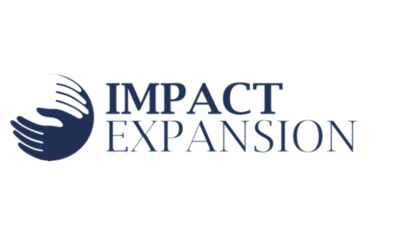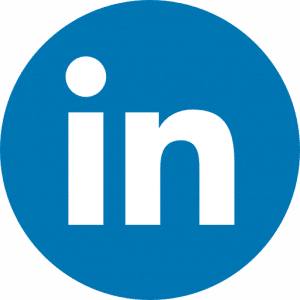Can you imagine giving birth or performing surgery under the dim glow of a cell phone torch? For health clinics, maternity wards, surgery blocks, medical warehouses and laboratories, having an unreliable power source puts lives at risk on a daily basis. In this scope, UNDP’s Solar for Health (S4H) initiative supports governments in solar facilities to support health centers, namely across Africa.
To scale S4H’s impact in Africa, a blended finance mechanism could be of significant help. Such instruments would allow the programme to harness the power of private, public and philanthropic capital.
In 2019, KOIS and Differ started to research which innovative finance mechanism could help scale S4H’s activities in Malawi, Zimbabwe, Liberia, Namibia and Zambia. This led to field visits in those countries (except for Zimbabwe due to COVID-19) in early 2020. The aim was to meet important stakeholders in a potential financing mechanism: government officials, donors, investors and energy companies. Our team also visited existing facilities already benefitting from S4H’s solar systems. They met with rural health staff to evaluate the impact a reliable and sustainable power source made since its installation.
Lesson #1: electrification of healthcare facilities can lead to substantial positive externalities, especially in rural areas
Healthcare facilities without electricity access often means they are located in an area without connection to the grid. This occurs increasingly the further a city is from the country’s capital. However, on the field, our team observed very different realities in each country. For instance, Namibia benefits from already more stable and widespread energy grids. On the other hand, Liberia is still recovering from a civil war and faces unstable energy access everywhere. These differences influence the benefits each country gets from solar installations in health centers.
Outside of obvious benefits of having a free, clean and stable source of energy, solar installations have many other advantages. For instance, our team observed that the installations could also serve as an incentive to attract more qualified medical staff. In fact, the staff typically stays in houses on site. Thus, the stable power source gives rural healthcare facilities a way to attract and retain quality medical staff.
The PV installations also had a direct impact on patient comfort. On top of having access to higher quality care, hospitals with a stable power source would be able to provide patients with access to energy to charge their phone for instance. Health centers can also use the budget they would have spent on energy to make improvements to the facility. This improves the overall comfort and confidence of patients.
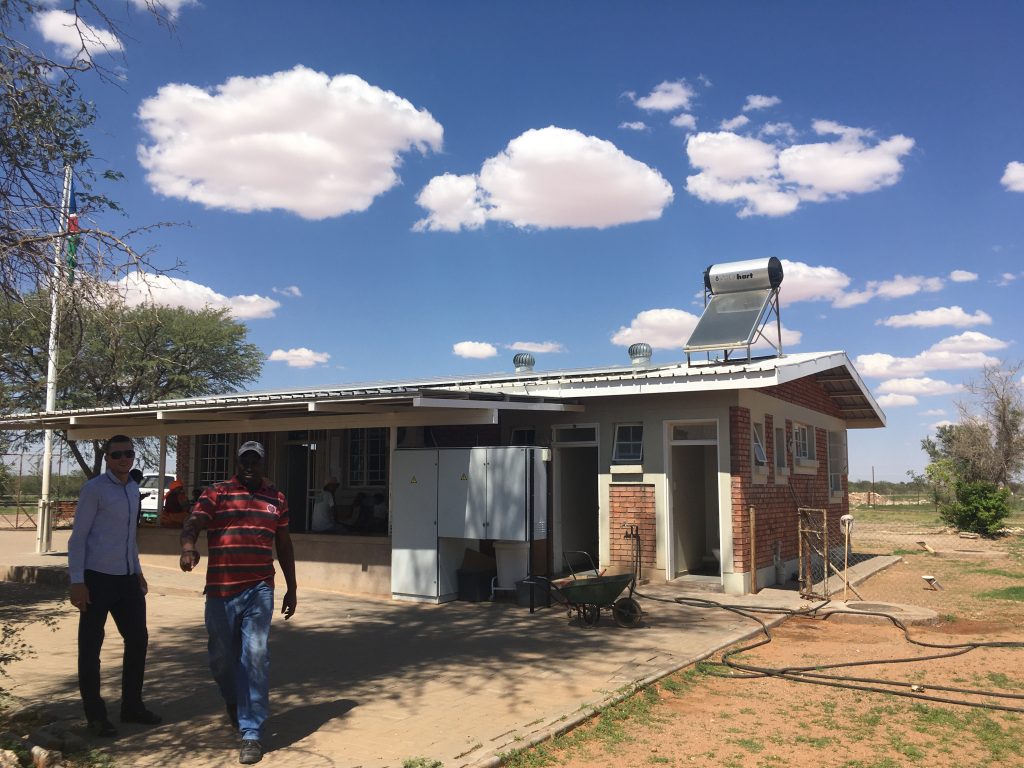
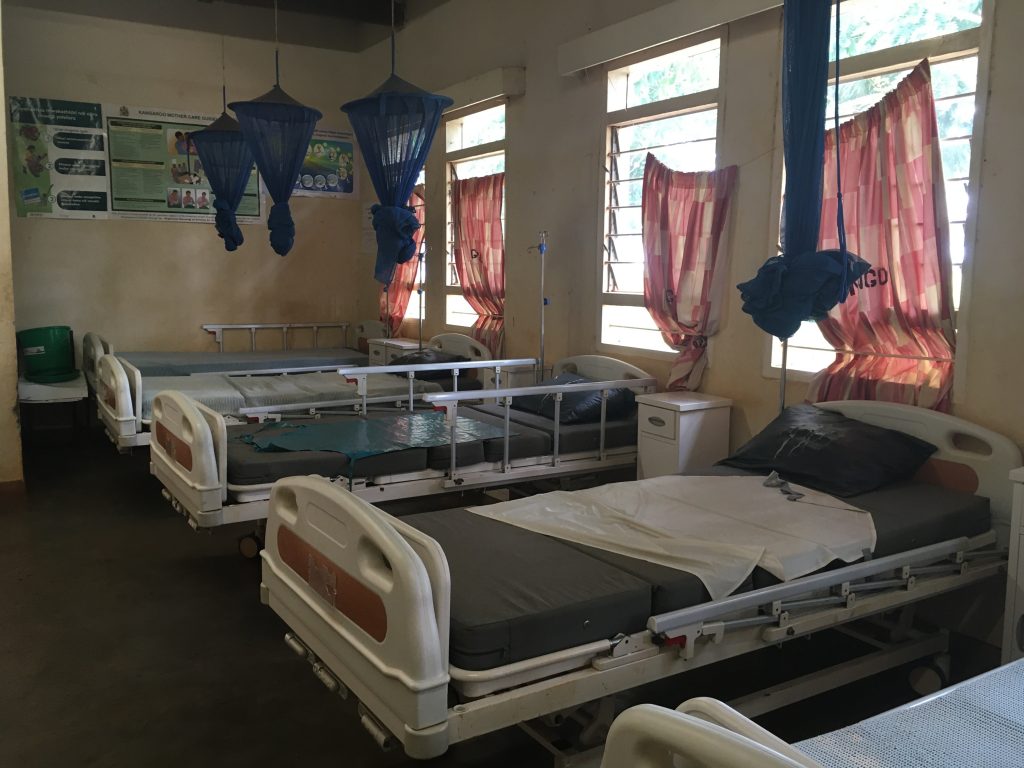
These findings allowed our team to better grasp the direct and indirect impacts of Solar 4 Health’s installations. KOIS will now use these findings to define which blended finance instrument is best to scale up S4H’s activities
Lesson #2: without a strong focus on sustainability, health facilities’ roofs can turn into graveyards of non-functioning solar systems
Africa benefits from the help of many donors, some of which are already financing solar systems for rural healthcare facilities. However, current donors sometimes tend to act without coordination with other philanthropic efforts. Our team also observed that the donations sometimes occur without first thoroughly assessing the health facility’s needs. This can result in an incomplete solution, unable to meet the specific needs of each healthcare center.
The current approach in the four countries our team visited has been very hardware oriented. Organizations install solar facilities to support health centers but fail to include operations & maintenance in the proposal. Our team observed health centers where the facility had shut down after two years. Unfortunately, the community lacked the fund and/or technical knowledge to repair the system, which thus became unusable.
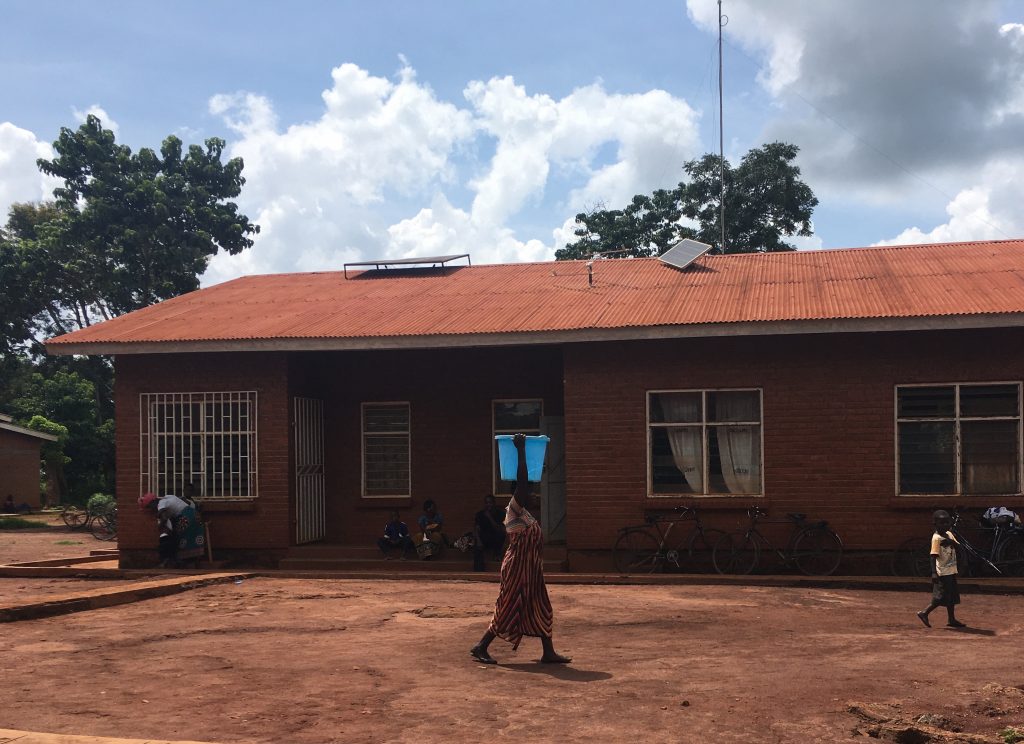
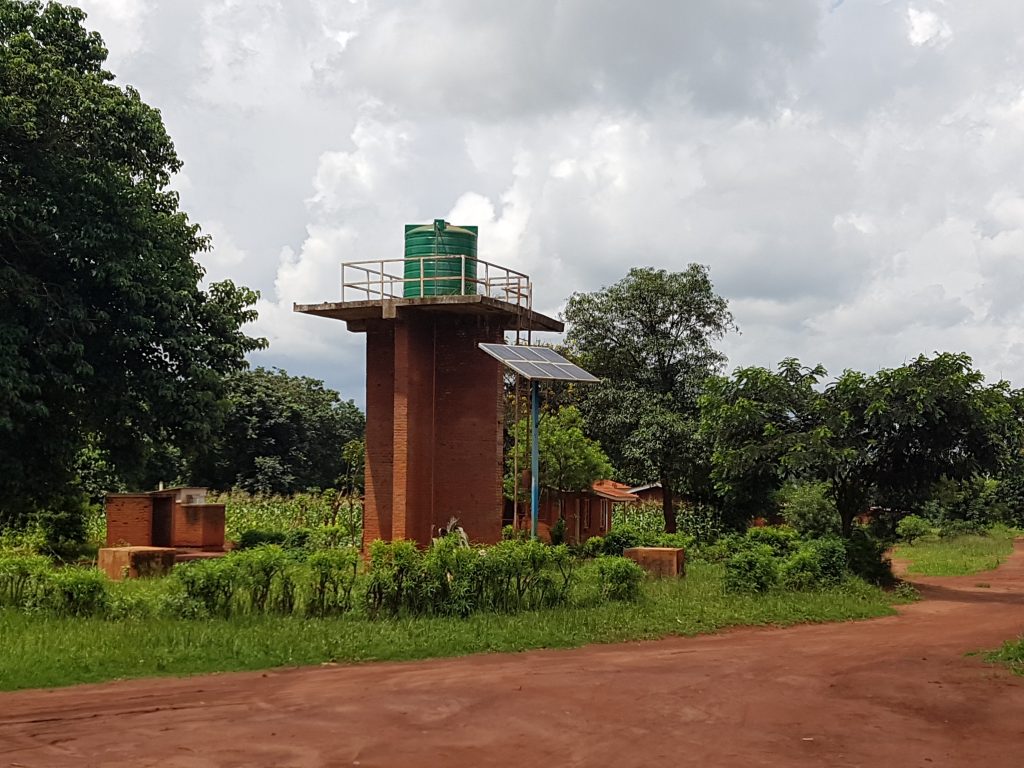
Ming’ongo Health Clinic in rural Malawi has 3 different solar systems. They each power different solar medical appliances such as fridges, water pumps and pharmacies. While useful, these multiple systems bring increased maintenance costs and complexity.
Moving forward with this blended finance mechanism, it is thus essential to integrate a long-term sustainability vision. Taking these learnings, our team will ensure that the operation & maintenance aspect is embedded in the proposal. It will also be key to design a system covering as many of each facility’s needs, as opposed to offering a different solution for each problem.
Lesson #3: the ministry of health’s ability to pay for electricity is limited and requires coordinated donor support
During our team’s meetings with key stakeholders, it became clear that the Ministry of Health (MoH) faced a constrained budget. This affects healthcare quality in general, but has an even greater impact on energy access for health facilities. The MoH needs to prioritize budget allocation, power often falling behind as medical supplies and staff wages come first.
The situation is aggravated for off-grid health centers. In fact, MoHs often manage to pay utility bills of facilities connected to the grid or diesel generators. However, these measures often neglect and underfund operation and maintenance of any off-grid solution. Furthermore, in case of budget shortfall, central hospitals and larger urban facilities are often prioritized. This unfortunately regular occurrence leaves rural clinics and most vulnerable populations behind.
To ensure equitable energy access, substantial and coordinated donor support is needed. While this applies to each country our team visited, the level of support varies from one to another. For instance, less support is needed in more developed countries such as Namibia. However, Liberia and Malawi are dependent on external support for almost all costs.
Lesson #4: private capital can help spur the developing local solar energy market, bringing an opportunity for job creation and economic growth
In the past years, the capacity of local solar installations companies has grown, namely thanks to several donor initiatives. Yet, big projects such as solar power plants remain often awarded to international players. While they work in collaboration with local companies, there could be significant economic value for local players to be able to take the lead on such projects.
One of the crucial issues constraining the growth of local renewable energy companies is their access to capital. Local banks are still reluctant to lend money in this sector and interest rates are often prohibitively high. Finally, foreign currency financing remains necessary for hardware.
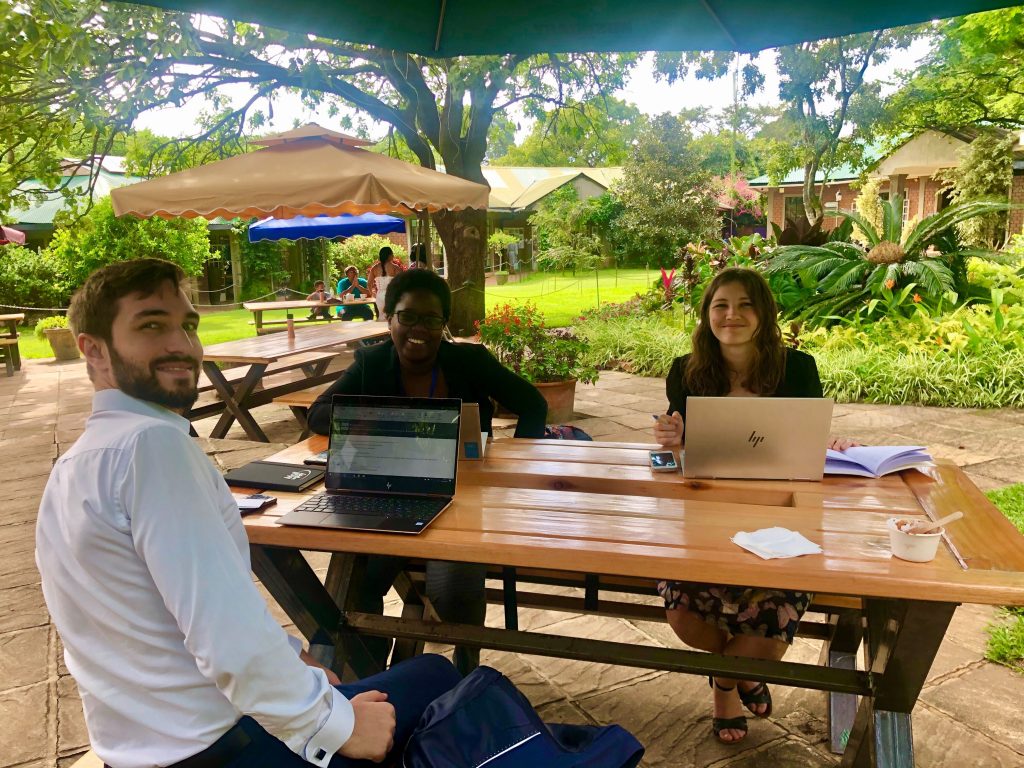
In this regard, our team observed different level of market maturity across the countries in scope. For instance, in Namibia, some professional companies already have access to capital and are willing to service the health sector. However, in Malawi, Liberia and Zambia, the market is less developed and will require more support in terms of technical assistance and access to capital.
Taking all these findings into account, our team will design a mechanism which includes the empowerment of local companies. The mechanism will aim to support their access to capital. It will also increase the ability to pay of the respective MOHs, thus reducing the risk for the potential investors. Finally, the tool will serve to harness the power of private, public and philanthropic capital. This way, we hope to increase the set up of solar facilities to support health centers in Malawi, Zimbabwe, Liberia, Namibia and Zambia.



